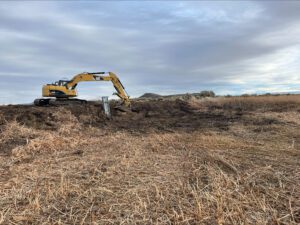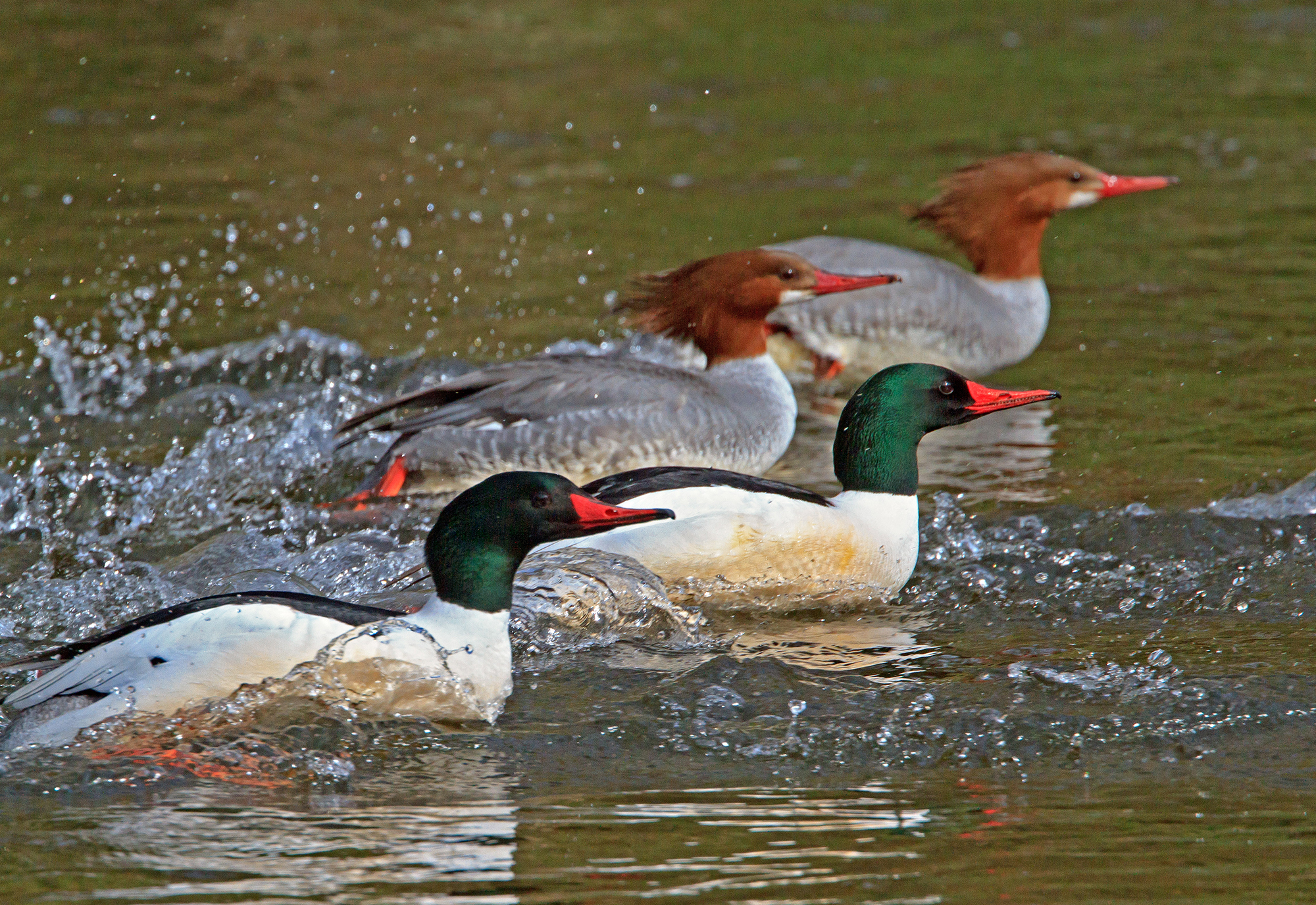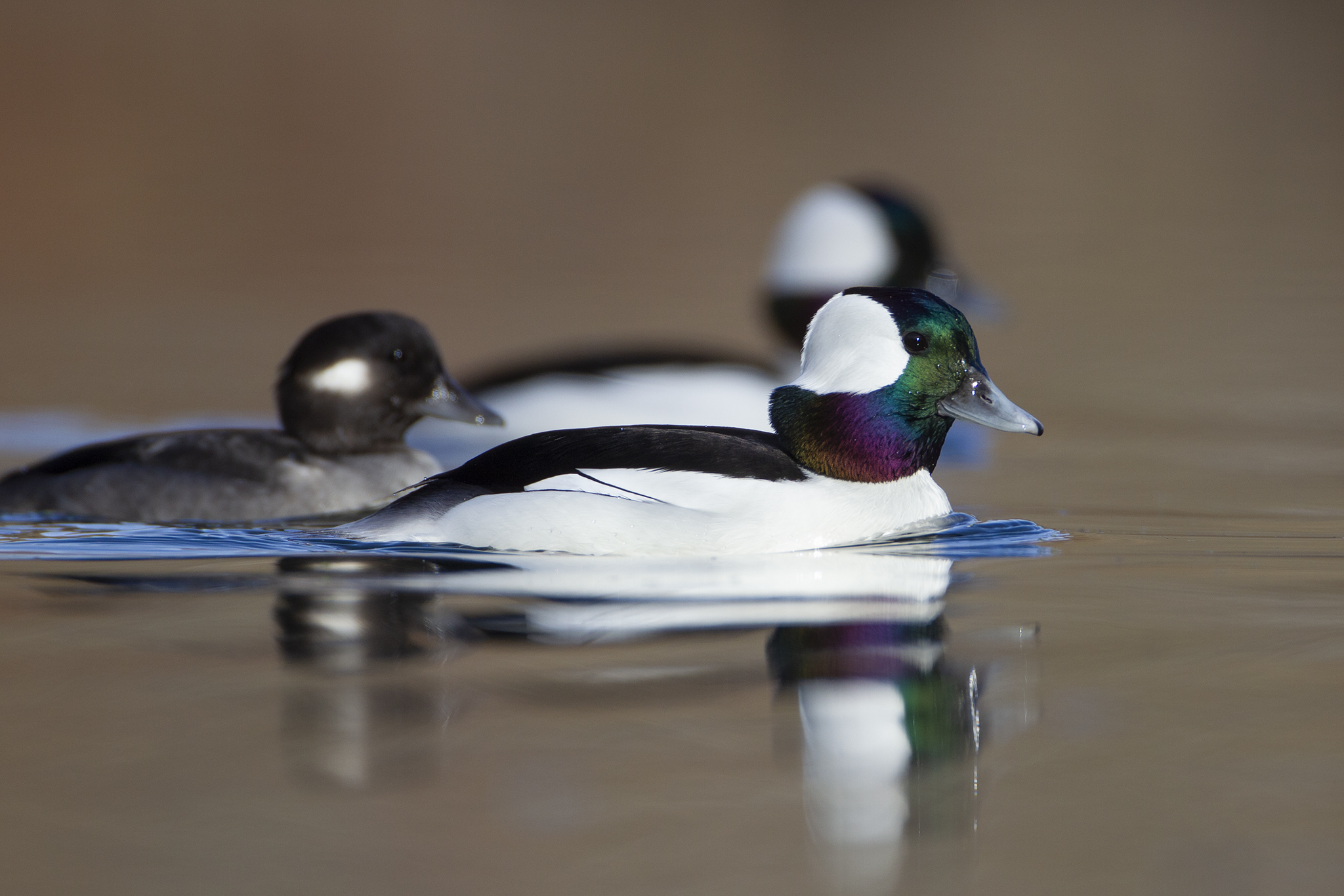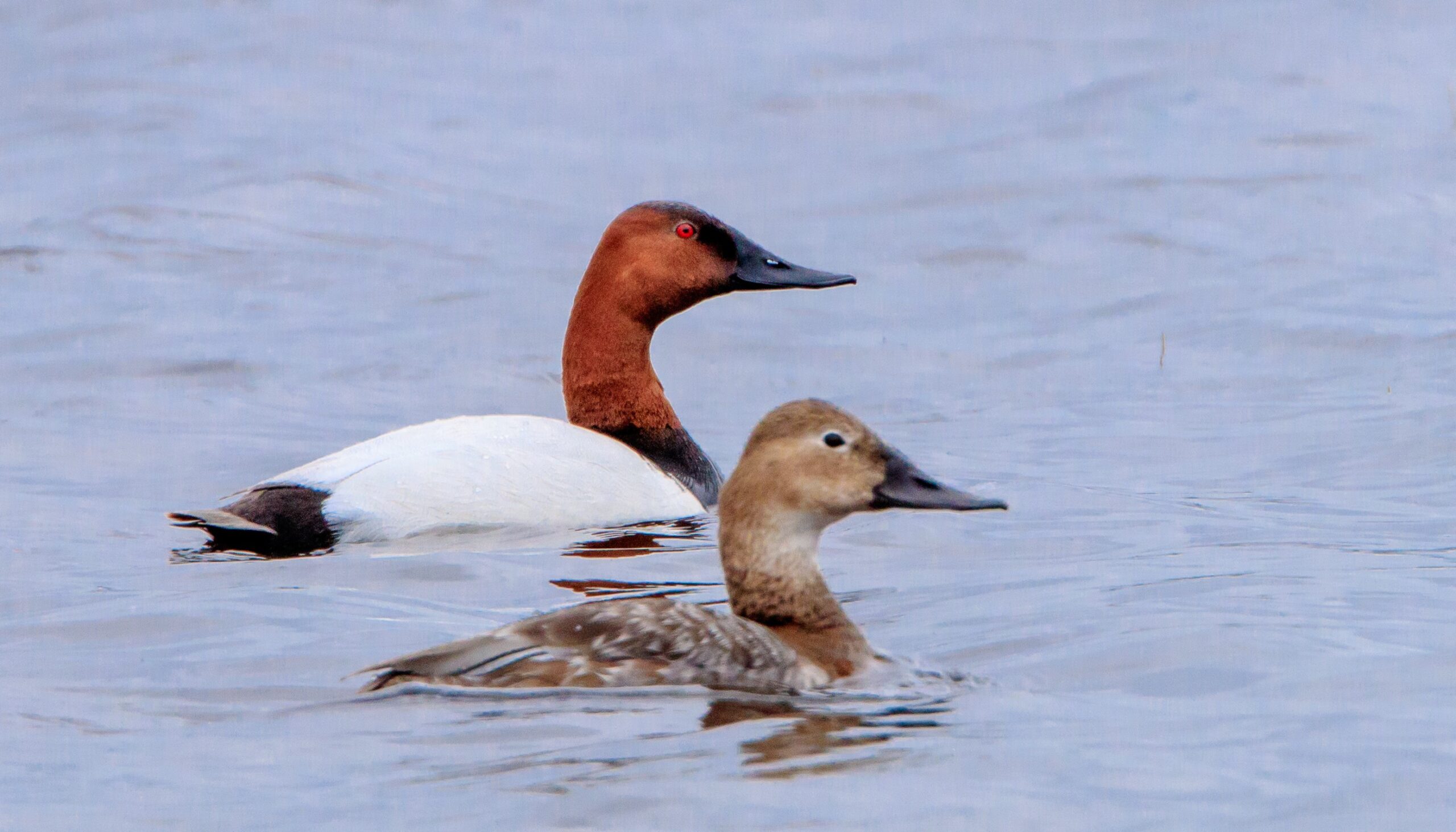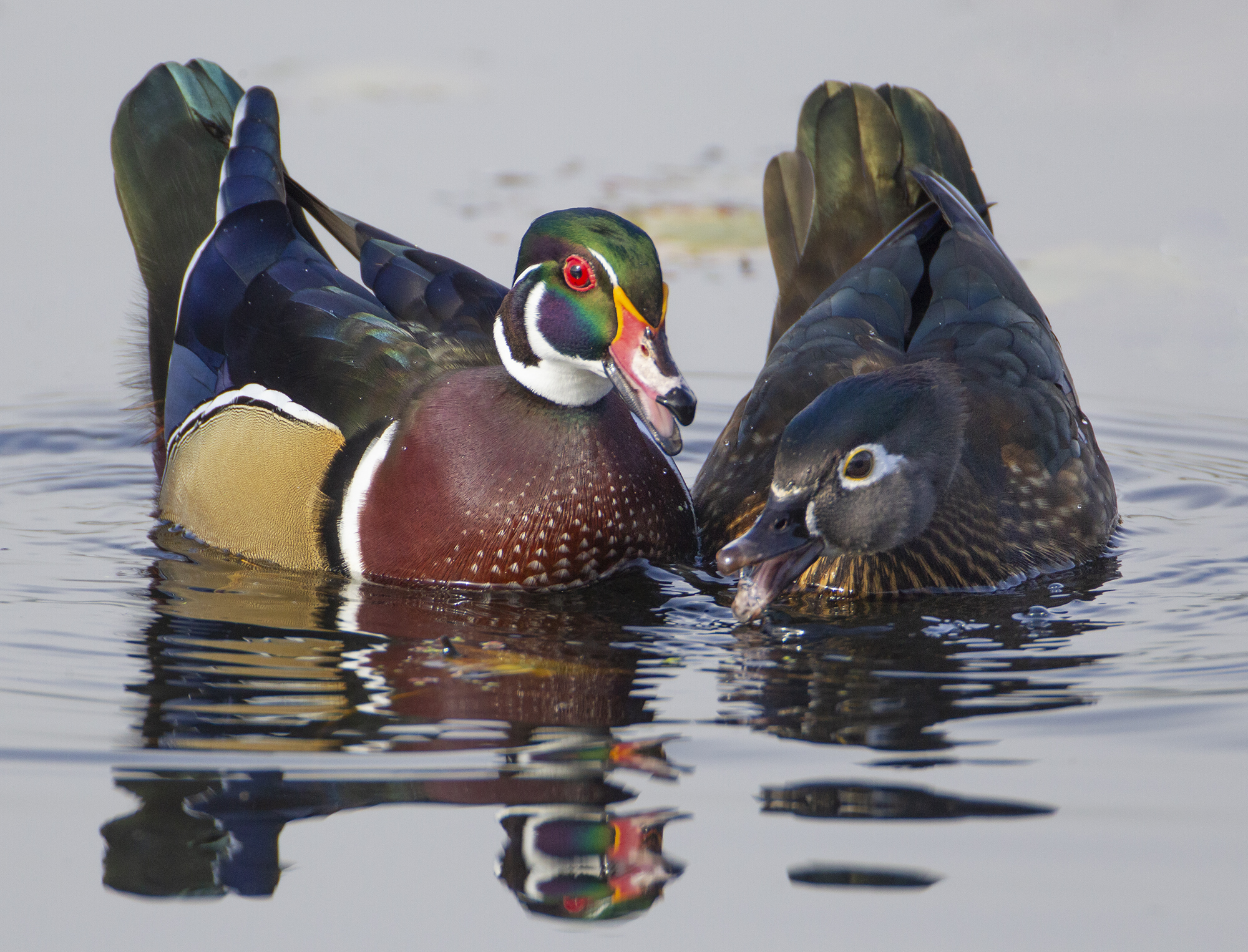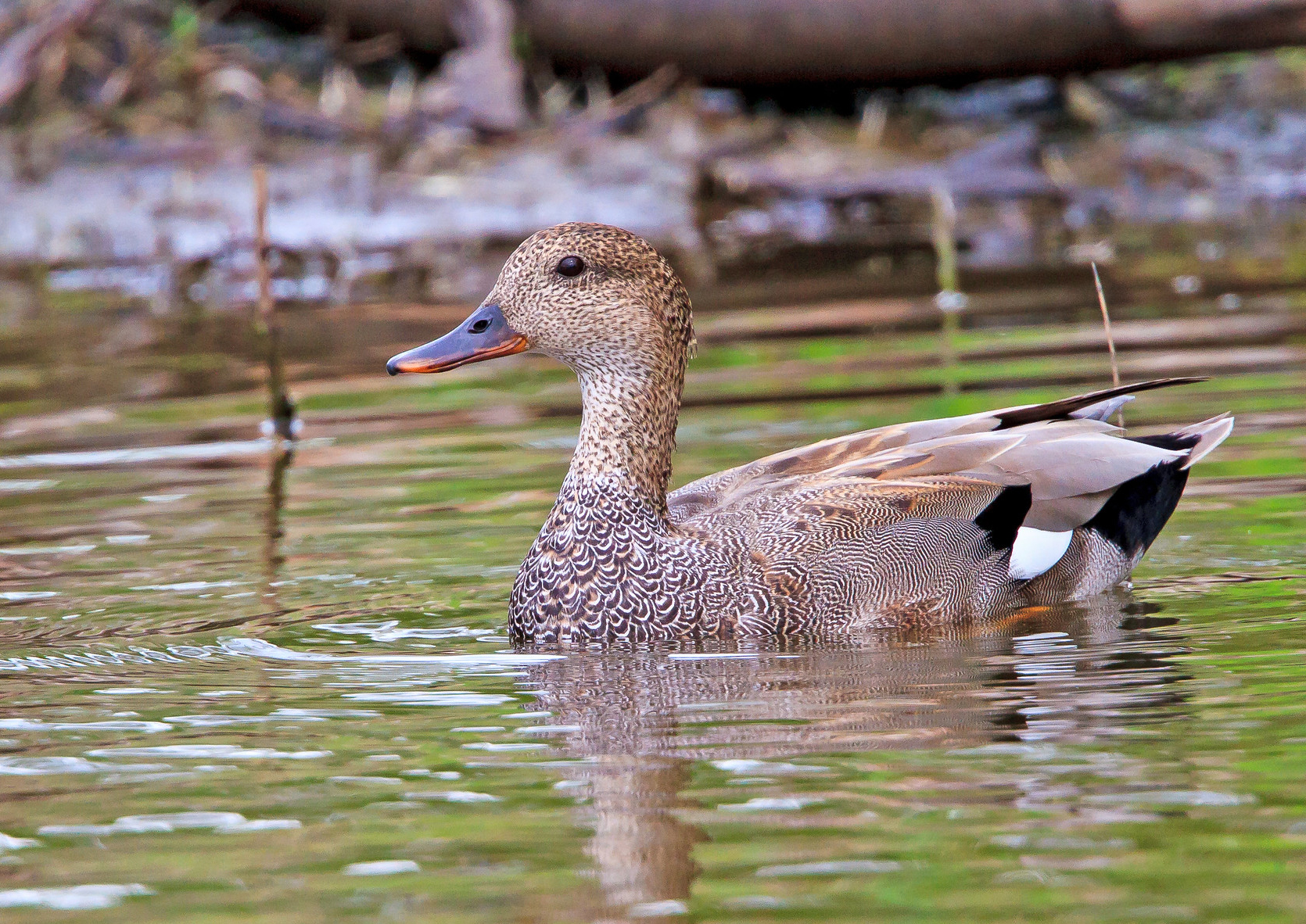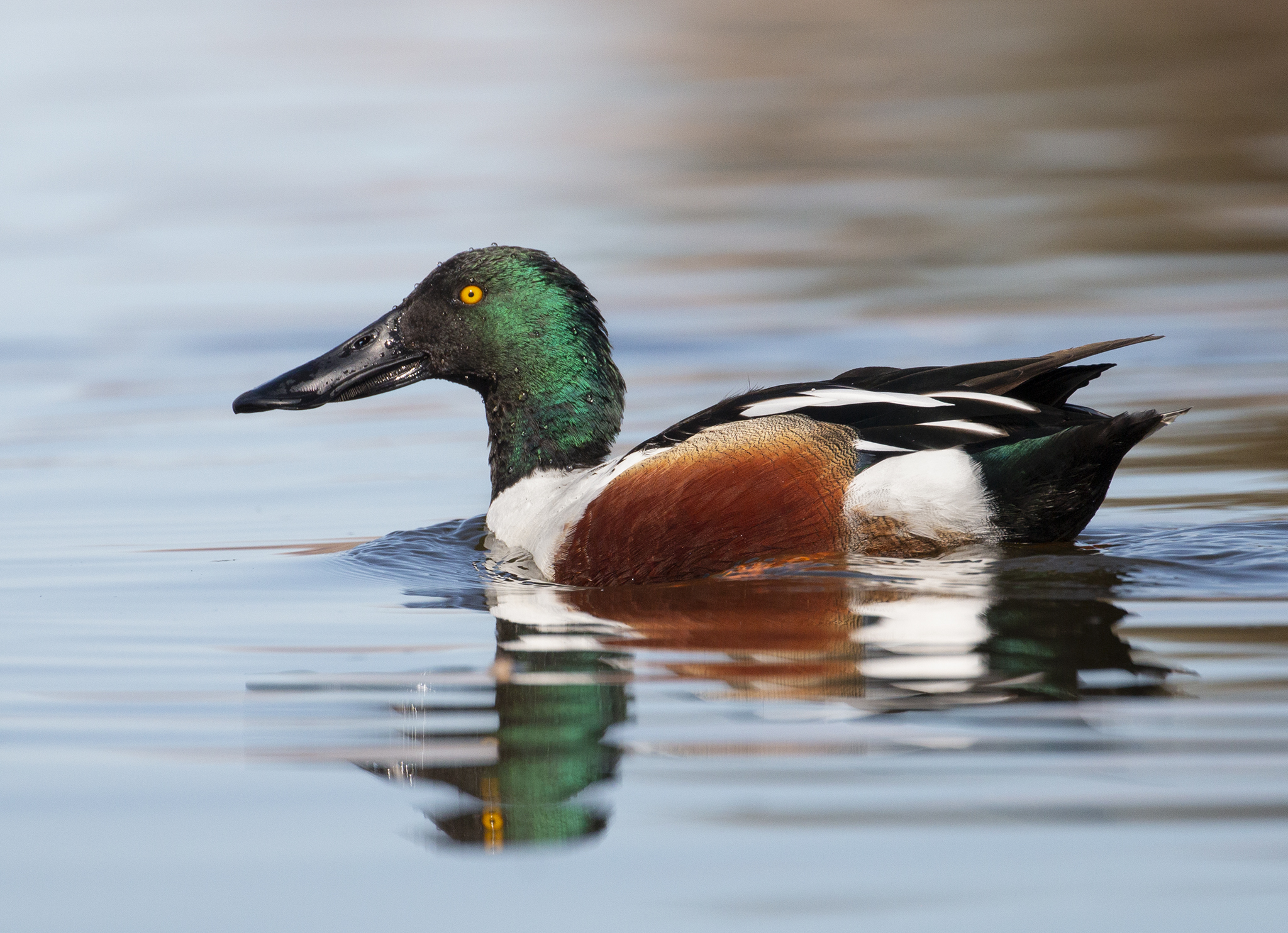Written by Teresa Wicks, Portland Audubon Society Eastern Oregon Field Coordinator/Photo by Teresa Wicks
One of my favorite things about Riparian Surveys on Malheur National Wildlife Refuge are the Eastern Kingbirds. Showing up somewhere around late May/early June, their striking black-and-white plumage and noteworthy chattering provide entertainment for the duration of their time in Harney County. This year, the EAKI (the 4-letter code for Eastern Kingbirds) seemed to show a little later than last year, likely due to the abnormally wet and stormy May we had in Harney County.
Aside from my inherent affection for EAKI, I have been thinking about them lately because I managed to capture a picture of an EAKI with color bands (pink above, red below) on its left leg. It likely also has a metal band on its right leg, but I couldn’t see it. One of the great things about the internet is that birders can look up research projects that involve color bands, collars (in geese and swans), and patagial tags (tags on wings, like in CA condor projects). Because Eastern Kingbirds tend to return to the area that they were born in, nested in, etc from year-to-year, it makes the study associated with this individual easy to find.
Ultimately, this is what this one EAKI taught me: From 2002-2010, graduate students and researchers from Portland State University conducted in-depth research on EAKI at Malheur NWR. Throughout their range, EAKI have high site fidelity, with males often nesting in the same tree from year-to-year. However, Malheur EAKI have a higher likelihood of resighting (in this case meaning returning to their nesting/natal territory) than in other areas where they nest. This is likely because the habitat for EAKI in Harney County is largely limited to Malheur NWR. Meaning there aren’t many other places for them to go when they return year-to-year. This study also verified that while EAKI are socially monogamous, they are (like many songbirds) actually polygynous, with males and females engaging in “extra-pair matings” throughout the year.
Possibly one of the more interesting things about this particular EAKI, and this particular study, is that this adult EAKI was likely color banded from 2002-2010. According to Cornell Laboratory of Ornithology, the oldest EAKI on record was “at least 10 years, 1 month old when she was recaptured and released” in New York. If the EAKI on Malheur had been banded as a fledgling, 9-10 years ago, that would make this bird approximately the same age as the oldest EAKI on record. If it was banded before that, it could possibly be the older than the oldest known EAKI! What an exciting thought!
The visible color bands have been reported to the Breeding Bird Laboratory, in the hopes that the pattern and location will be enough for an ID. If it is, this data will go into the BBL database, and provide information about lifespan and site fidelity for researchers across the country. This is why it is so important to report birds that you see with color leg bands, neck collars, or patagial tags. This resighting information is an important part of these “mark-recapture” efforts. If you see a banded bird, take a photo and report it!



